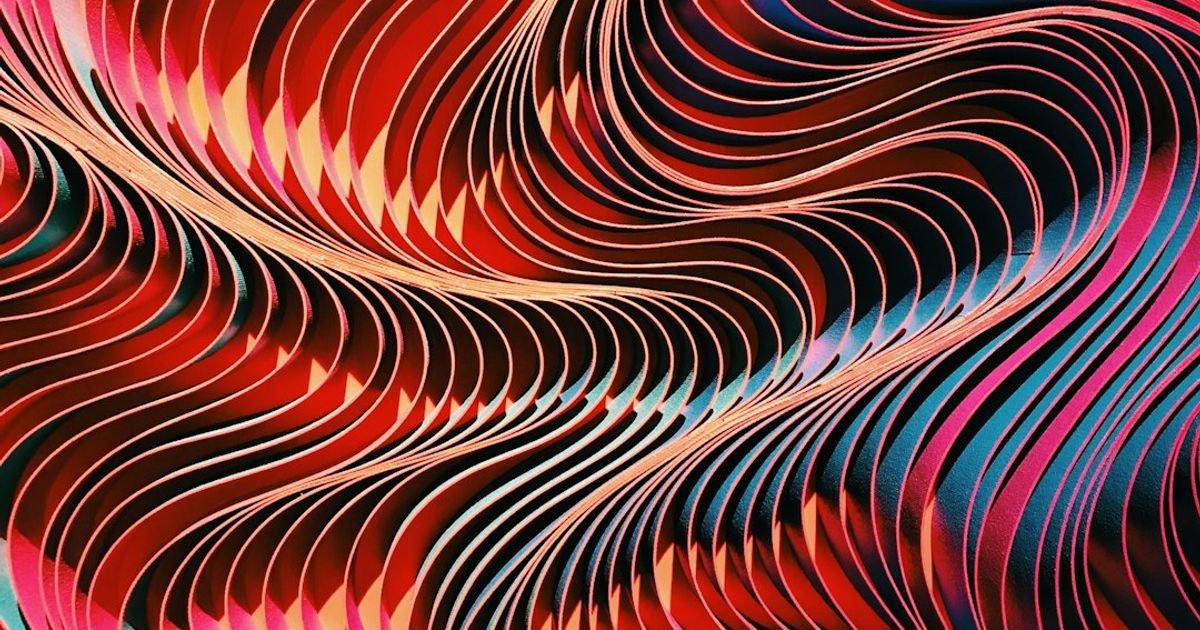About Prompt
- Prompt Type – Dynamic
- Prompt Platform – ChatGPT, Grok, Deepseek, Gemini, Copilot, Midjourney, Meta AI and more
- Niche – Designing
- Language – English
- Category – Design & Creativity
- Prompt Title – AI prompts for graphic design
Prompt Details
This prompt is designed to be adaptable across various AI platforms for generating graphic design concepts. It leverages dynamic elements enclosed in double curly brackets `{{}}` which you should replace with specific details relevant to your project. This allows for highly customized and targeted output.
**Prompt Core:**
“Design a {{visual output type}} for {{subject/theme}}. The style should be {{design style}} with a {{color palette}} and incorporate {{key elements/motifs}}. The overall mood/tone should be {{mood/tone}}. The target audience is {{target audience}} and the design should communicate {{core message}}. Consider using {{specific techniques/effects}} like {{example 1}}, {{example 2}}, and {{example 3}}. The final output should be suitable for {{intended platform/medium}} and adhere to the dimensions {{dimensions}}. Provide {{number of variations}} variations of the design, each exploring a different approach while maintaining the core elements. For each variation, include a short description explaining the design choices and the rationale behind them.”
**Dynamic Elements & Guidance:**
* **{{visual output type}}:** Specify the type of graphic you need (e.g., logo, poster, website banner, social media graphic, illustration, infographic, book cover, packaging design, etc.). Be precise.
* **{{subject/theme}}:** Clearly define the subject matter or theme of the design. For example, “a sustainable coffee brand,” “a music festival featuring electronic music,” “a children’s book about a magical forest,” or “a mobile app for managing personal finances.”
* **{{design style}}:** Specify the desired artistic style (e.g., minimalist, modern, vintage, retro, Art Deco, cyberpunk, grunge, geometric, abstract, surrealist, etc.). Providing multiple styles (e.g., “minimalist with a touch of Art Deco”) can lead to interesting results.
* **{{color palette}}:** Define the color scheme. You can use specific color names (e.g., “teal and gold”), hex codes (e.g., “#008080 and #FFD700”), descriptive phrases (e.g., “warm earthy tones”), or even reference existing palettes (e.g., “Adobe Color palette ‘Summer Sunset'”).
* **{{key elements/motifs}}:** List specific visual elements or motifs that should be incorporated into the design. These can be objects, symbols, patterns, textures, or even abstract concepts. For example, for a coffee brand, this could include “coffee beans, steam, leaves,” or for a music festival “sound waves, geometric shapes, vibrant colors.”
* **{{mood/tone}}:** Describe the desired emotional impact of the design (e.g., playful, sophisticated, energetic, calming, mysterious, futuristic, etc.).
* **{{target audience}}:** Define the target audience for the design (e.g., millennials, children, professionals, gamers, etc.). Understanding the target audience helps the AI tailor the design to their preferences and expectations.
* **{{core message}}:** Clearly state the message you want the design to convey. This will ensure the design aligns with your communication goals.
* **{{specific techniques/effects}}:** Suggest specific graphic design techniques or effects to be explored, such as “double exposure,” “gradient mesh,” “isometric projection,” “typography as image,” “halftone patterns,” or “negative space.”
* **{{example 1}}, {{example 2}}, {{example 3}}:** Provide concrete examples related to the techniques/effects, preferably with links to reference images. This helps the AI understand your vision better.
* **{{intended platform/medium}}:** Specify where the design will be used (e.g., website, social media, print, packaging, etc.).
* **{{dimensions}}:** Provide the required dimensions in pixels, inches, or other relevant units (e.g., “1920×1080 pixels,” “8.5×11 inches”).
* **{{number of variations}}:** Specify the number of different design concepts you want the AI to generate.
**Example instantiation:**
“Design a **logo** for a **sustainable coffee brand**. The style should be **minimalist with a touch of Art Deco** with a **green and brown color palette** and incorporate **coffee beans, leaves, and a circular shape**. The overall mood/tone should be **sophisticated and eco-friendly**. The target audience is **environmentally conscious millennials**. The design should communicate **high-quality, ethically sourced coffee**. Consider using **negative space and geometric shapes**. The final output should be suitable for **website and print** and adhere to the dimensions **500×500 pixels**. Provide **three** variations of the design, each exploring a different approach while maintaining the core elements. For each variation, include a short description explaining the design choices and the rationale behind them.”
By replacing the bracketed placeholders with your specific requirements, you can create a powerful and versatile prompt that yields impressive results across different AI platforms. Remember to iterate and refine your prompt based on the initial output you receive. This dynamic approach allows you to explore a wide range of creative possibilities and effectively leverage the power of AI for your graphic design needs.

